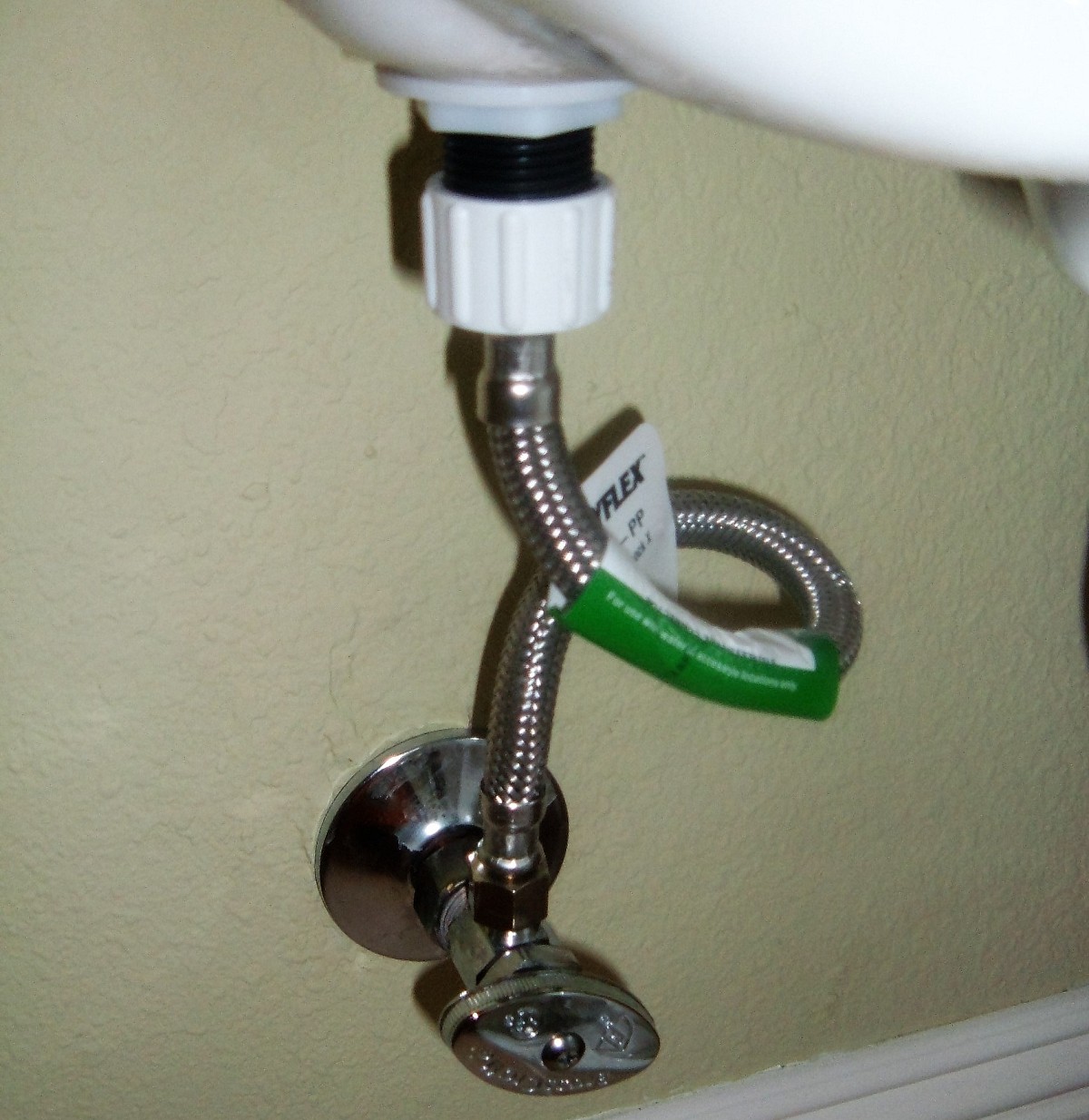Learn the Secrets of Your Water Shutoff Valve
What do you consider the most important part of your house? Sorry, the refrigerator doesn’t count. Neither does the TV, even if it’s an enormous flat-screen model that dominates your whole living room. No, we’d have to vote for a small and inconspicuous device as the most important home feature (or at least one of the top 5). It is … tada! … your water shutoff valve. “Huh?” you may well ask. “What exactly is a water shutoff valve and why is it so essential?” Let’s find out.
Purpose of a water shutoff valve
The water shutoff valve is a device designed to shut off the water supply to your home, operated by turning a knob, handle, or lever. Use it when you are planning to take care of a DIY plumbing job, such as a faucet leak repair or toilet replacement, to prevent flooding. However, if even the words “DIY plumbing job” make you feel a little weak in the knees, don’t assume that you can just totally ignore this valve. Everyone, even the unhandy folk of our fair planet, must know how to shut off the water in case you ever have a late-night plumbing emergency like a dripping pipe that you tried to tighten and instead it came away in your hand, madly spurting water all over your kitchen and your new laminate floors. (Don’t ask me how I know about this kind of experience.)
Kitchen, bathroom, and laundry room cutoffs
So far we’ve been referring to “water shutoff valve” in the singular so as not to scare … er … confuse you. But things are not really that simple. You’ll find shutoff valves under your kitchen and bathroom sinks, next to your dishwasher, behind your toilet, near your washing machine, above your water heater, hiding in your closet ready to leap out screeching when you go to bed at night. (No, no, forget about that last one. Maybe.) These are good for stopping the water flow in case of a small plumbing upgrade or repair. Of course, they will be most useful if you:
- Find out exactly where each one is located
- Ensure other responsible household members know about them
- Keep them in functional condition with an annual spritz of WD40 to prevent rust
- Learn which direction to turn them in (hint: clockwise)
Main water shutoff valve
The main water shutoff valve, affectionately referred to by licensed plumbers as the "Panic Button,” is the biggie. It turns off the water to your whole house and is the first place you’ll want to run if you have a plumbing crisis of the proportions described above. Do make sure that you run in the right direction; memorize the location of your main water shutoff, which is usually either in your basement or outside, where the water enters your house or next to your water meter. Fast action in tackling this baby could literally (in the old-fashioned sense of the word, meaning “literally”) save your home. Water damage to your house and belongings is not a pretty sight.
Vital tips about water shutoff valves
- Never try to control your water pressure or rate of flow by adjusting the main shutoff valve. It must be kept either completely open or completely closed at all times.
- For convenient access, hire a plumber to install individual shutoff valves for any plumbing fixtures that aren’t already equipped with them.
- Turn off your water before going away overnight or longer. You never know when to expect the unexpected, in the form of a failed washing machine hose, for example … but the odds are immeasurably greater when you’re away on vacation.
- Ask your plumbing pro about smart house systems that can automatically switch off your water supply when they detect a leak.
Laura Firszt writes for networx.com.
Looking for a Pro? Call us (866) 441-6648

Plumbing Average Costs
Plumbers Experiences

Gas Line Replacement By A Plumber Who Takes Pride In His Work

Toilet Replacement + Grab Rails = Access For Disabled Homeowner




